Knots and Webs in the Textile Art of Joana Schneider
Contemporary, German-born textile artist Joana Schneider’s art takes many forms, from haunting, mask-like faces and rhythmic abstractions to excerpts of text. But running through her multifarious subject matter is a common theme; the techniques and materials associated with the fishermen and netmakers of the harbour areas in The Hague, an area she has come to call home. Working with fishermen from Scheveningen and Katwijk, she learned the painstaking skills of netmaking, before finding endlessly inventive ways to incorporate the same techniques into her artistic practice, reusing and recycling nets and ropes that would otherwise have been discarded.
Originally from Munich, Schneider trained at the Royal Academy in The Hague, starting out with fashion, before realising her interests lay in textiles. Living and working in such close proximity to the sea undoubtedly made its mark. She says, “Rotterdam has the largest seaport in Europe and the sea is omnipresent in the Netherlands. Born and raised in Munich, this was a striking contrast for me, and I became fascinated by the maritime industry. I started to incorporate this fascination conceptually and physically into my work.” Learning the trade of netmaking from locals taught Schneider about the highly skilled craftsmanship that can so often go unnoticed – she calls the fishermen, “…textile artists without knowing it.” This cemented in Schneider an enduring fascination with processes, materials and techniques that exist outside of the conventional realms of textile production, which she began to incorporate alongside her training in knitting and weaving techniques.
Today, Schnieder’s practice centres exclusively around the reworking of found materials, which she selects intuitively for their sensorial and tactile properties. “Working only with existing and recycled materials is a restriction I gave myself from the very beginning. This could be rope and fishing nets but also old furniture such as a door from a used closet or a round table top of a coffee table,” says Schneider. However, she insists there is no direct moral message in her art, pointing out, “What I really do not want to do is send out a moral message or educate people about how human action and the environment are connected. I do not want to create a moralising undertone.” Instead, she treats the approach as a necessary, limited framework within which she can find endless permutations. For example, she says, “for four years already I have been working with the material rope and it has allowed me to create a library of exciting textures and forms.”
In recent years, Schneider has developed her own often elaborate and intricate knotting and wrapping techniques for creating her densely worked and tactile wall hangings and sculptural installations. This has even included new innovative machines, as she explains, “the most important specialised machine for my creational process is a machine that turns rope more than 500 times a minute.” This particular machine uses a technique called ‘gimping’, which is similar to coiling, one that Schneider developed in collaboration with the Textile Museum of Tilburg.
Many of her other works of art are borne out of a collaborative process – she has been employing teams of makers from the beginning of her career, offering training opportunities to young creatives and professionals in her lively and busy studio. “Since the very beginning, I have been working with a team and there are several reasons for this,” Schneider explains. “As an artist, I find that solitary work in the studio can be quite isolating. I truly enjoy working in a team, as continuous communication helps me to constantly reflect on a current project.” Schneider also sees this approach as part of the long history of textile production, which has so often been about bringing people together into an act of collective creativity, observing, “In many cultures, textiles have been produced in groups, which fosters a sense of community and creates a positive working atmosphere. When individuals collaborate on a project, it generates a sense of togetherness.”


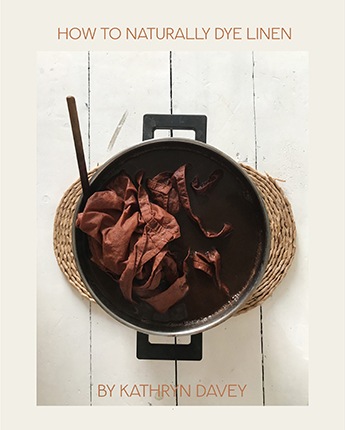
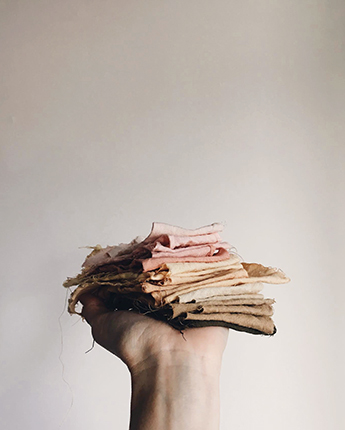

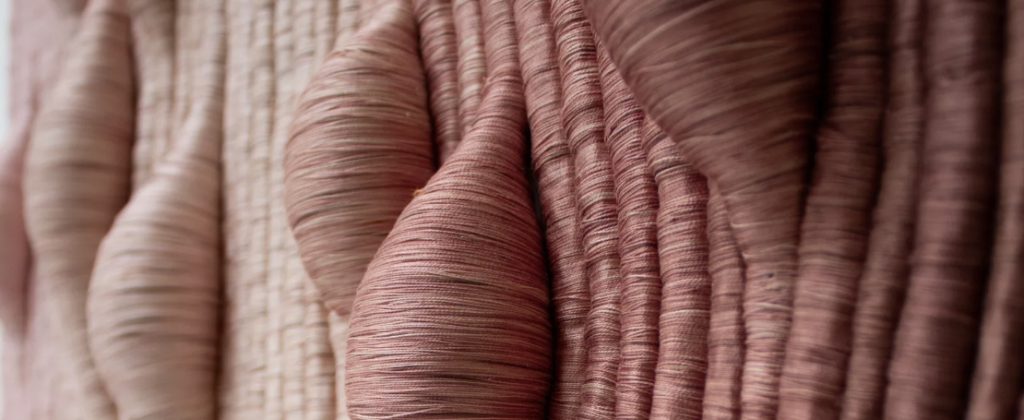
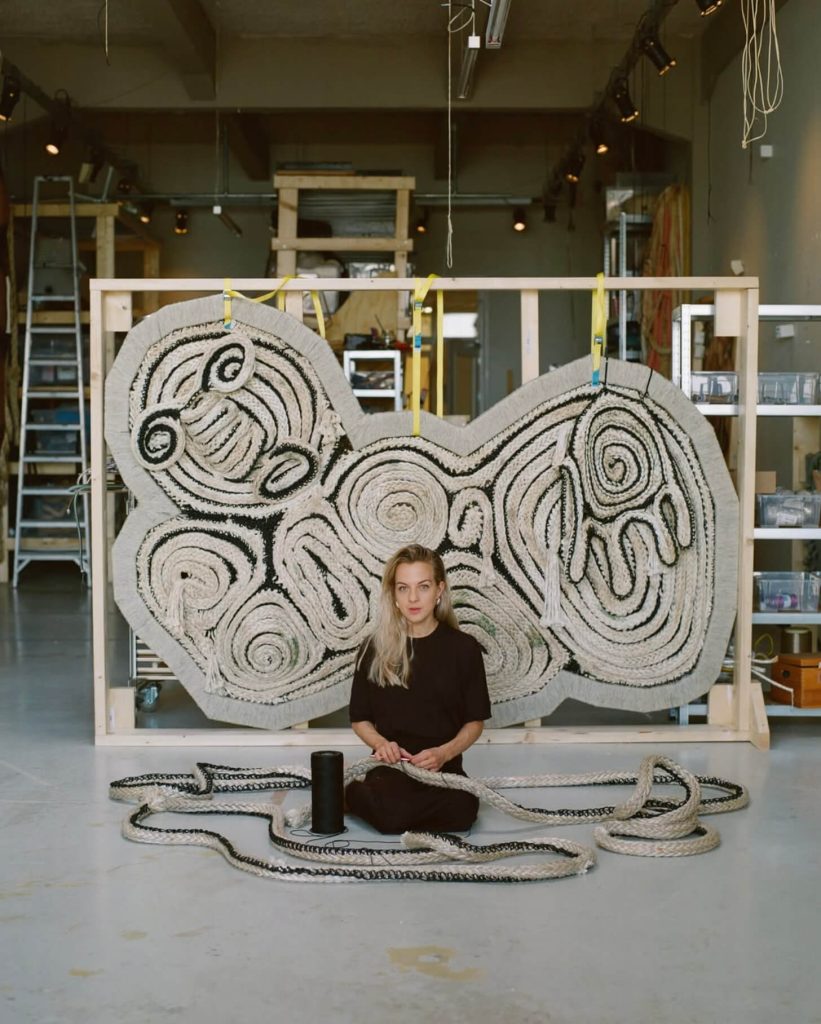
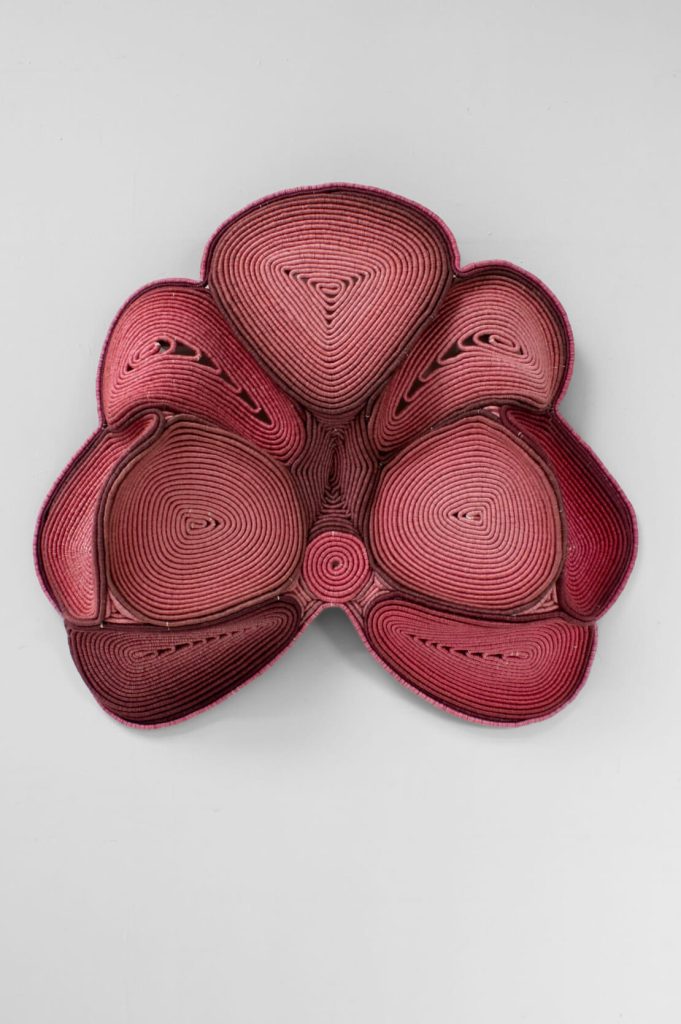
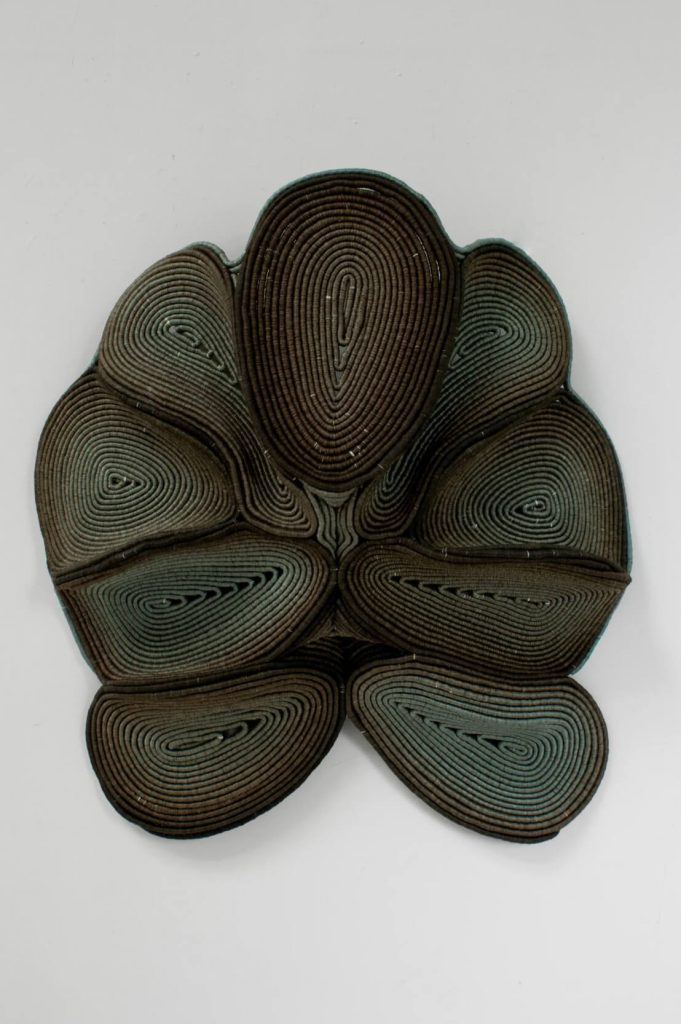
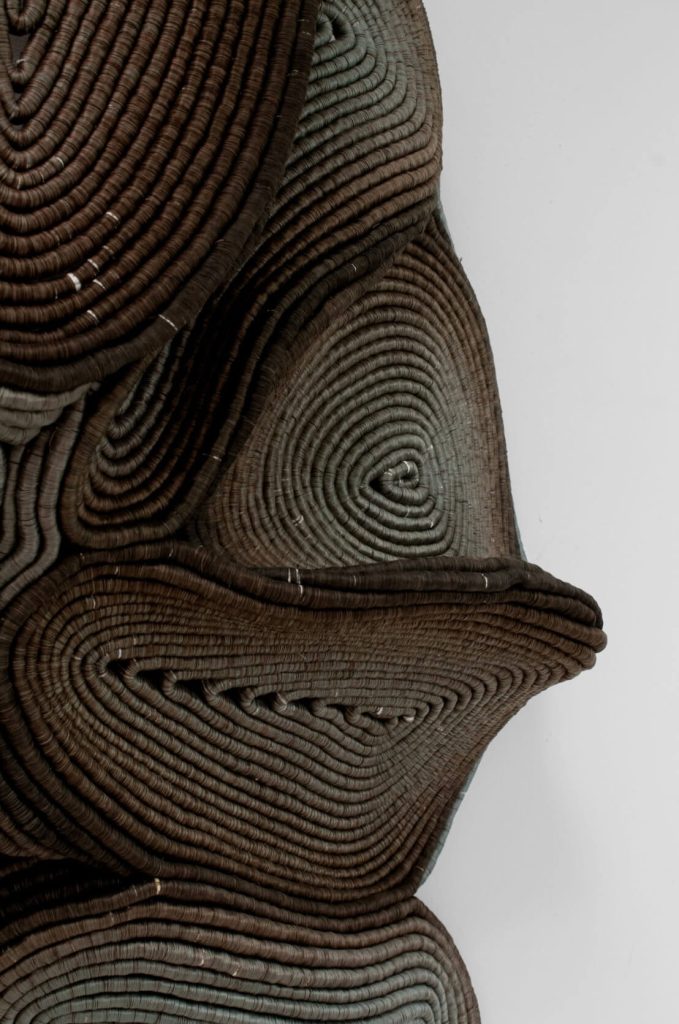
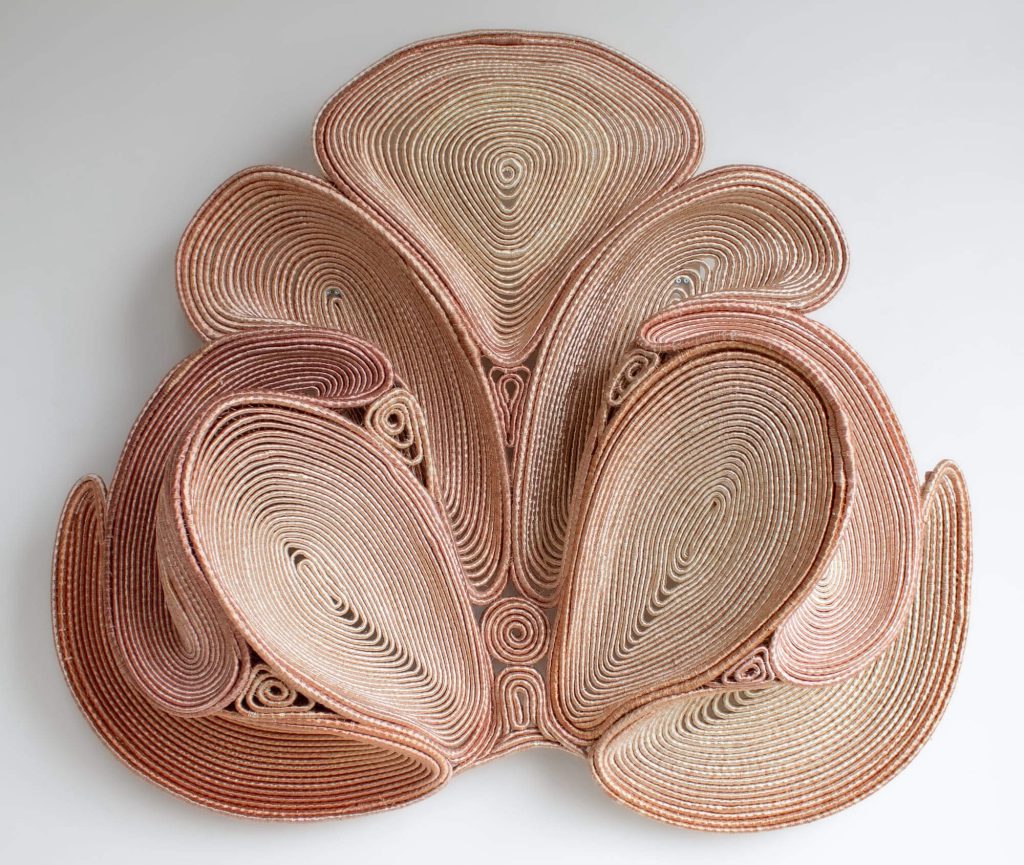
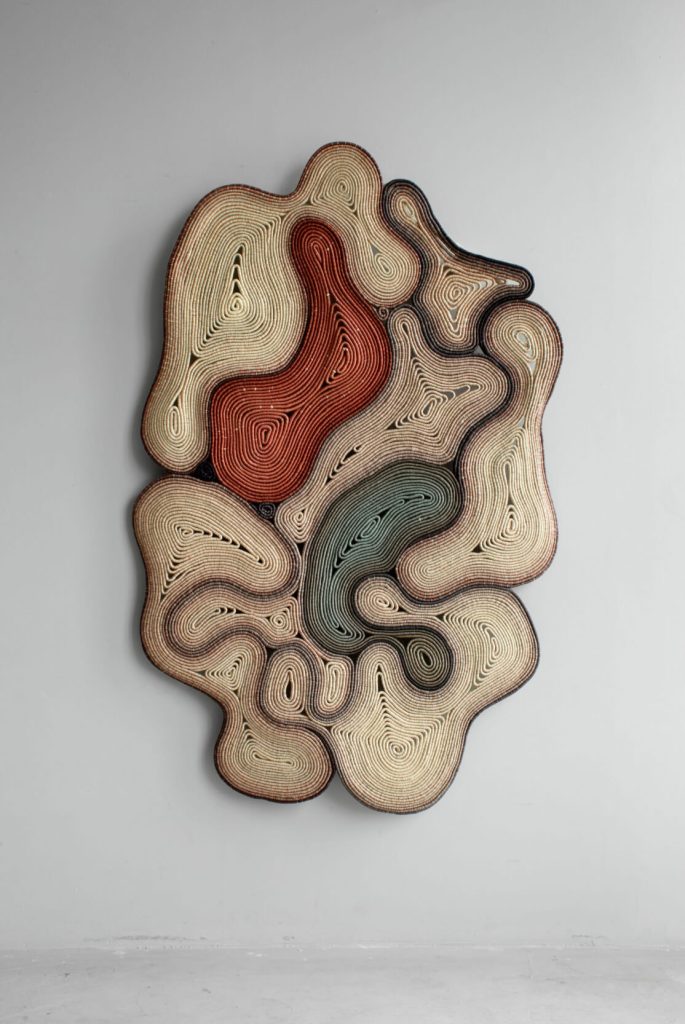

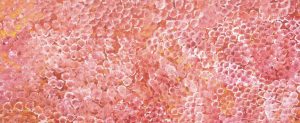
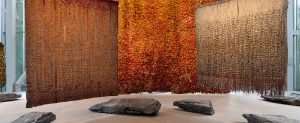
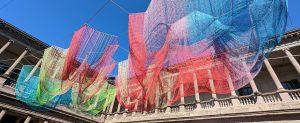
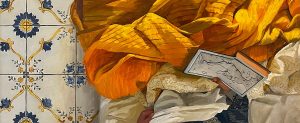

































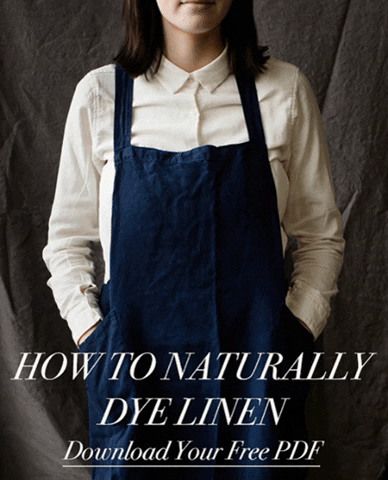


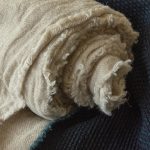

Leave a comment